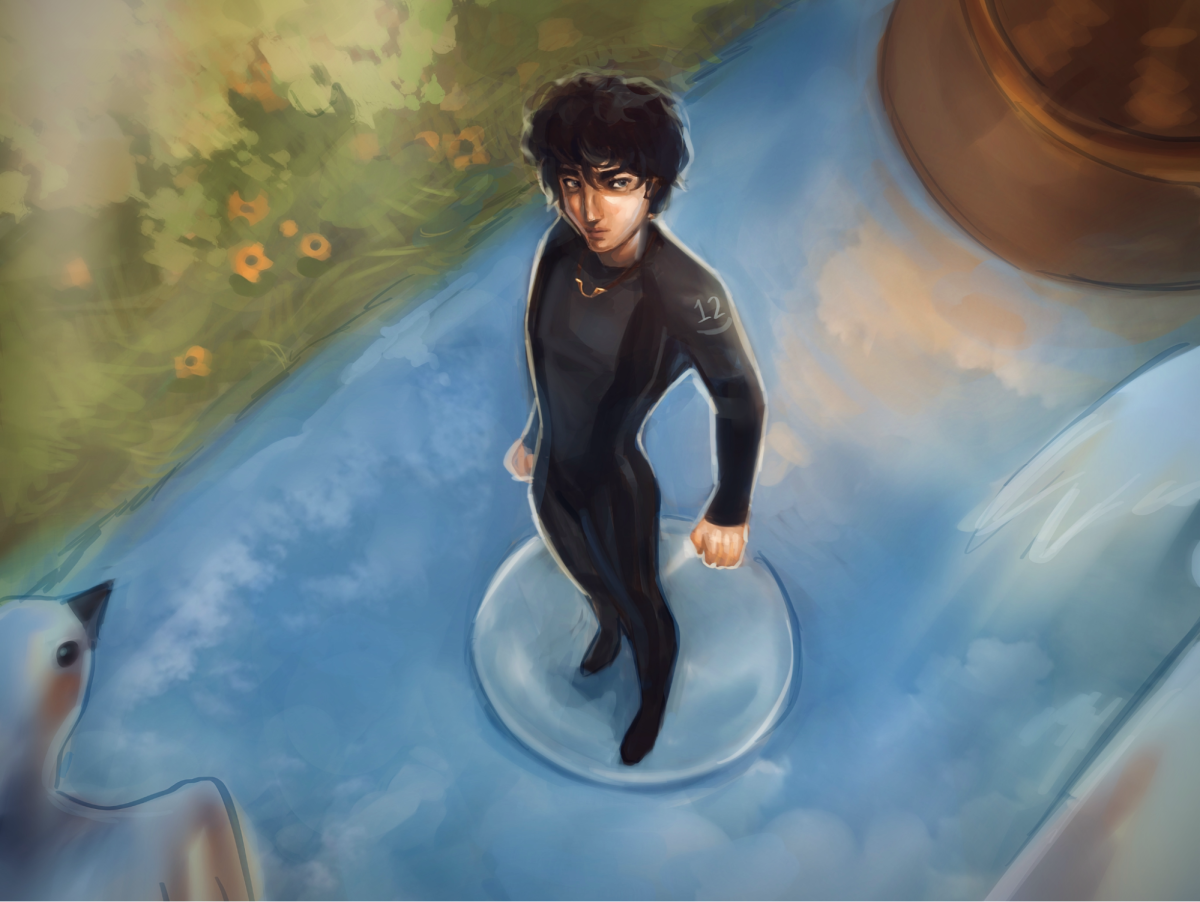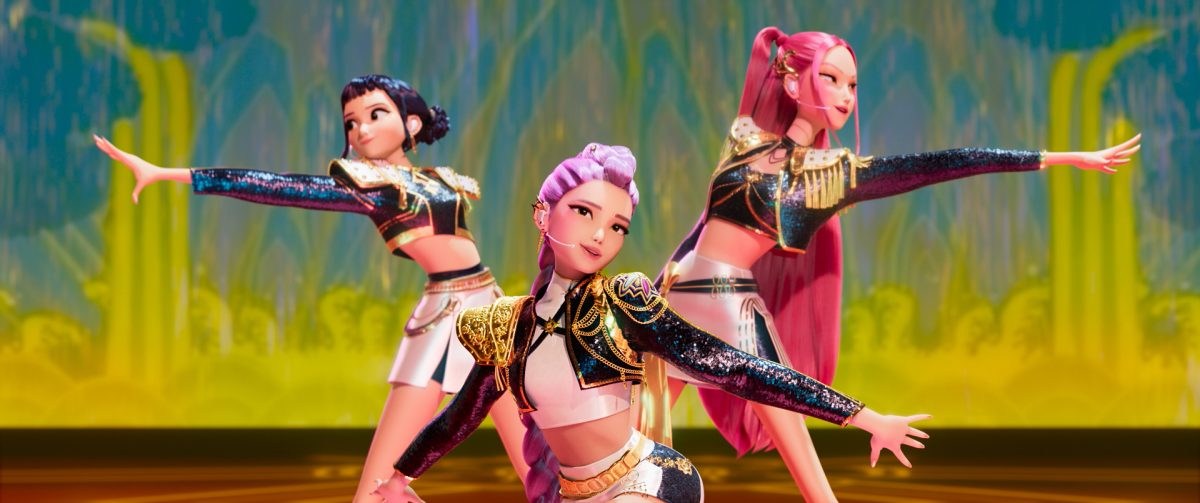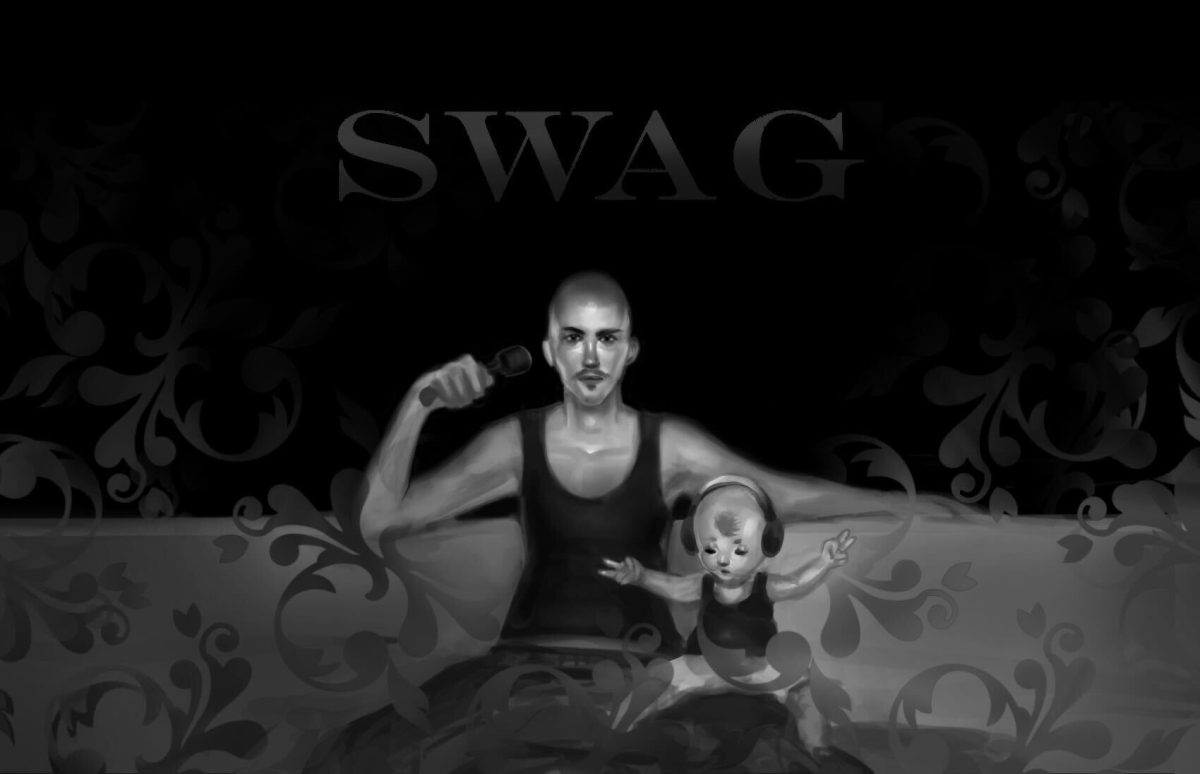Soon after the release of “Songbirds and Snakes,” a movie adaptation of the Hunger Games prequel of the same name, author Suzanne Collins announced, through Scholastic Press, she was making a fourth book in the installment based on Haymitch Abernathy. This new book would focus on the mentor of the main character from the original trilogy, Katniss Everdeen.
At first, fans had mixed reactions. Some were eager to consume more Hunger Games content, while others met it with negative reactions. However, when Sunrise on the Reaping was released to the public, the reaction was overwhelmingly positive. Collins did not disappoint with this latest novel as she excellently fits a unique story within the confines of her readers’ prior knowledge and keeps them interested with character cameos.
Sunrise on the Reaping follows 16-year-old Haymitch Abernathy as he finds himself in the Hunger Games, a ruthless murder show created by a totalitarian government in response to a rebel uprising 50 years earlier. To celebrate the 50th anniversary, twice the number of victims are chosen, instead of the usual boy and girl from each district of the country.
Fans of the series knew Haymitch’s fate from book one, that he is “reaped,” or chosen, to participate in this bloody event; however, Collins keeps intrigue in the story by surprising readers with how exactly he gets there. They expect the traditional way, getting his name picked from the jar of eligible male tributes. Surprisingly, Haymitch is chosen to replace one of the original victims, who tried to escape and ended up dead.
Coming into the book, released on Tuesday, March 18, many can expect a boring story with a predictable plot; however, these unexpected twists keep readers invested. Collins weaves the story around specific details her fans are familiar with, such as the game arena, Haymitch’s victory, and his eventual downfall into alcoholic stupor. In this way, the author engages her fans and definitively groups it with the other well-written Hunger Games novels.
The Hunger Games author keeps fans intrigued as the story progresses by expertly integrating characters from the original trilogy into her newest novel. Over the course of the book, readers are greeted by familiar names like Plutarch Heavensbee, the future rebel game maker from Catching Fire, and even Beetee, Wiress and Mags, former victors appearing in the same novel.
An example of her smooth integration of characters is from Chapter 3 of the book. Collins is sure to excite readers when they come across this chapter with her allusion to a certain character from The Ballad of Songbirds and Snakes. After hearing some mentors will train them for the upcoming game, Haymitch can’t help but wonder who they will be.
Collins smoothly transitions into mentions of well-known characters and out of it before any possible overstayed welcome occurs. Collins references just enough familiar names to continue the story and doesn’t fill the book with so much it attempts to convince readers its worth.
As a result of the success of this novel, it suits Collins better to make spin-off series of beloved characters of the original series, much like Stephenie Meyer’s Midnight Sun, the alternate point-of-view to Twilight, which became very popular after its release, even selling a million copies in its first week out to the public. However, future announcements to make more based on this franchise could well influence fans to suspect Collins really is using them for a cash-grab.
Before the sun sets on the hype for the Hunger Games franchise, Collins must leave the future of such a world alone to preserve the franchise as fans remember and love.














